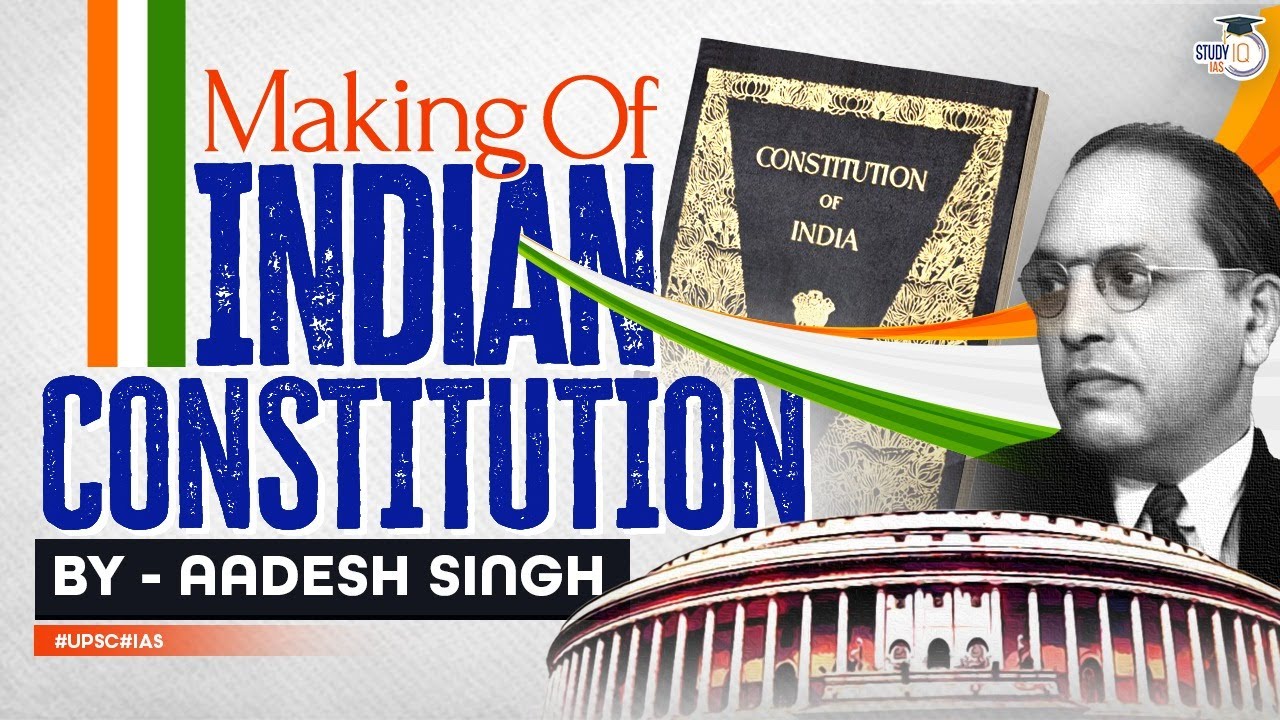Yugo Ka Daur (युगों का दौर ) Ch-4 Easy Summary /Bharat Ki Khoj/Part-3 /Class-8/Explanation /
Summary
TLDRThe video discusses chapter 4 of 'Bharat Ki Khoj,' written by Pandit Jawaharlal Nehru, focusing on the history of South India and peaceful development. It highlights how South India was less affected by foreign invasions compared to North India, known for its flourishing trade, craftsmanship, and maritime power. The chapter further delves into foreign invasions, the decline of the Maurya Empire, and the rise of new kingdoms. The video also explores the lasting impact of different dynasties, cultural artistry, and how India's economy and political stability were later disrupted under British rule.
Takeaways
- 📚 The lesson is based on Chapter 4 from Jawaharlal Nehru's book 'Discovery of India', focusing on South India and peaceful development.
- 🌍 Foreign invasions in South India were minimal, compared to North India, where invaders entered through the northwest region.
- 🛕 South India was renowned for its craftsmanship, including hand-made artifacts, sculptures, and textiles.
- 🚢 South India had strong trade connections with foreign countries, especially through sea routes, and was known for its large ships and maritime prowess.
- 🏛️ The region became a center for artistic tradition, with many artisans passing their skills down through generations.
- 🎨 South Indian art and architecture, including temple building, flourished and gained a global reputation.
- 🛠️ Local artists influenced by invaders continued their traditional work, while also incorporating new styles.
- ⚔️ Despite ongoing wars and foreign invasions, South India remained a hub of peaceful development for a long time.
- 🇬🇧 The script touches upon the British colonial period, highlighting the degradation of India's political and economic systems under British rule.
- 🧵 The fall of cottage industries and artisanship is mentioned, showing how British policies led to economic decline in India.
Q & A
What is the focus of the lesson discussed in the script?
-The focus of the lesson is on the fourth chapter of the NCERT Class 8 supplementary Hindi textbook 'Bharat Ki Khoj' by Pandit Jawaharlal Nehru, specifically covering South India and peaceful development along with methods of warfare.
Why was the influence of foreign invaders less in South India according to the script?
-According to the script, foreign invaders primarily entered India from the northwest, and their influence in South India was minimal. The southern region remained largely unaffected by these invasions compared to northern India.
What was South India famous for during ancient times?
-South India was famous for its craftsmanship, including intricate hand-made art, sculpting, and weaving. The region was also known for flourishing trade, particularly through sea routes with distant lands like Greece and Rome.
How did South India contribute to maritime trade during ancient times?
-South India had a strong maritime presence, with large ships and well-established sea trade routes. The region traded goods with foreign countries, including Greece and Rome, making it a hub of international commerce.
What role did artisans play in South India's cultural significance?
-Artisans in South India were highly skilled in various forms of craftsmanship, including building construction, sculpture, and fabric weaving. Their work became an integral part of the region's artistic heritage, which continued for generations.
How did foreign invaders influence South India's art and culture?
-Although South India had its own rich artistic traditions, foreign invaders also had some influence. The local artisans were exposed to new styles and techniques, which helped blend foreign elements with indigenous art forms.
What does the script say about the peaceful development in ancient India?
-The script highlights that, despite the presence of wars and foreign invasions, much of India's development, especially in governance and the arts, occurred peacefully. The general populace was not always directly impacted by political upheavals.
How did the Mauryan Empire's end affect India's political landscape?
-The script mentions that after the decline of the Mauryan Empire, other dynasties quickly rose to power. This cycle of rising and falling empires continued, contributing to a dynamic political landscape in ancient India.
What is mentioned about the Kushan Empire in the script?
-The script notes that after the fall of the Mauryan Empire, the Kushan Empire emerged. The Kushans were significantly influenced by Indian culture, with many adopting Hinduism and Buddhism, contributing to India's cultural and religious diversity.
How did British rule impact India's socio-economic structure according to the script?
-The script indicates that even before British rule, India was in decline, and British colonization further disrupted the socio-economic structure. Traditional industries, such as cottage industries and craftsmanship, deteriorated under British economic policies, and India became more impoverished.
Outlines

Dieser Bereich ist nur für Premium-Benutzer verfügbar. Bitte führen Sie ein Upgrade durch, um auf diesen Abschnitt zuzugreifen.
Upgrade durchführenMindmap

Dieser Bereich ist nur für Premium-Benutzer verfügbar. Bitte führen Sie ein Upgrade durch, um auf diesen Abschnitt zuzugreifen.
Upgrade durchführenKeywords

Dieser Bereich ist nur für Premium-Benutzer verfügbar. Bitte führen Sie ein Upgrade durch, um auf diesen Abschnitt zuzugreifen.
Upgrade durchführenHighlights

Dieser Bereich ist nur für Premium-Benutzer verfügbar. Bitte führen Sie ein Upgrade durch, um auf diesen Abschnitt zuzugreifen.
Upgrade durchführenTranscripts

Dieser Bereich ist nur für Premium-Benutzer verfügbar. Bitte führen Sie ein Upgrade durch, um auf diesen Abschnitt zuzugreifen.
Upgrade durchführenWeitere ähnliche Videos ansehen

INDIAN ECONOMY 1950 to 1990 class 12 ONE SHOT | GAURAV JAIN

Tryst with Destiny | Jawaharlal Nehru

Ashwini Upadhyay ने Congress को जमकर लताड़ा, याद दिला दिया काला इतिहास!

All Important Dams of India | 2D Animation by Adarsh Gupta | UPSC GS1

Making of the Indian Constitution | Republic Day | Polity | UPSC GS

Why is there no military coup in India but multiple in Pakistan? | Part 02/02 Faisal Warraich
5.0 / 5 (0 votes)
